Sie können sich von der zentralen Abmeldeseite jederzeit von jedem Blog-Feed oder von Marketing-E-Mails von Zuken abmelden.
Alle Beiträge in chronologischer Reihenfolge
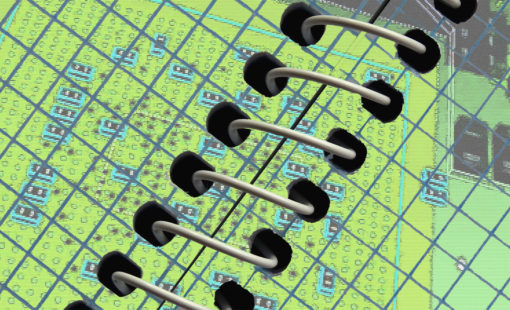
- Blog
A common task that is often dreaded among PCB designers is having to relocate a large point-count BGA that’s fanned out, and even partially escaped routed, to the opposite side of a PCB.

- Blog
This is an exciting time in the product development world. Increasing product complexity is driving the need for a design process evolution. Not long ago the detailed design process was the centerpiece of product development. But the need for functional and physical design accuracy is forcing the product development process to evolve. In response, the product development process is both converging and expanding.
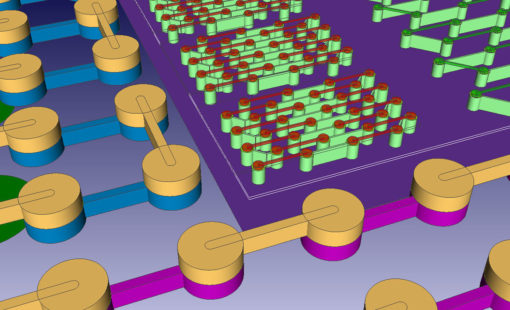
- Blog
Advanced packaging techniques such as system-in-package (SiP), fan-out wafer-level packaging (FOWLP), 3D die stacks, etc. have been around for over a decade, yet with any other EDA design tool, it is still a tedious, time consuming, and error-prone process to implement these designs.

- Blog
One of the more powerful capabilities of a good data management system such as DS-CR (formerly known as DS-2) is searching and the ability to generate reports. A great example is the ability to generate Where-used information. These types of reports are extremely useful when performing impact assessments where ...
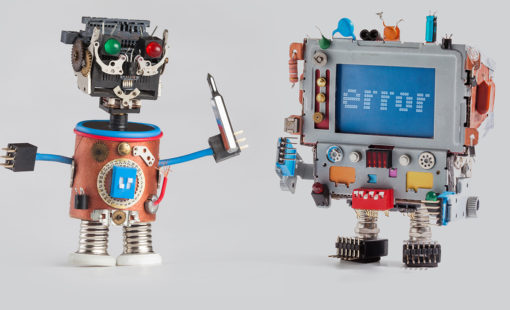
- Blog
As we witness the birth of an era of connected devices with smart homes, connected cars and smart networked supply chains and factories, we might imagine that unexpected failures of electronic products would be a rarity.
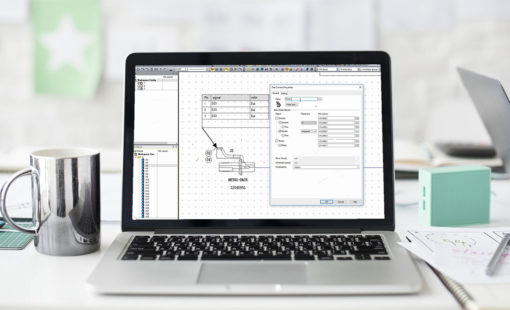
- Blog
The customization and workspace flexibility is one more way for E3.series to give the user what they need and want. All workspace customizations can be saved locally to provide a consistent user interface.
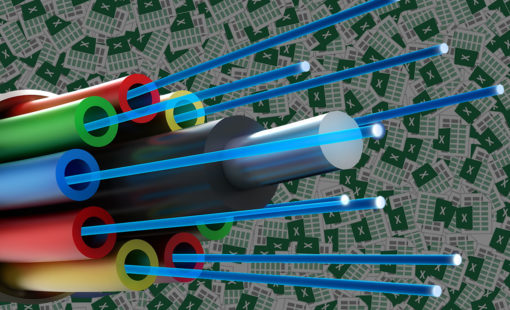
- Blog
We are all looking to gain productivity in our design cycle to save time and reduce costs. A good method to get a head start is to use Excel or a .csv file to get the design started and load devices into you project. The most common application is to load the connectors and signals from Printed Circuit Board (PCB) in the electrical design. Blocks can be used to represent systems and the Excel sheet can help you get the system information from other teams or 3rd party vendors.

- Blog
The automobile business spends a year or two designing a new vehicle, then another year or two building tools to produce it in high volumes. Local Motors has turned that paradigm on its head with its Olli, the self-driving, electric shuttle.

- Blog
Since it contributed to making the iPhone 7 even thinner than its predecessors, fan-out wafer-level packaging (FO-WLP) technology has risen in the collective consciousness. By adopting FO-WLP on this scale, Apple sent out a signal that though highly novel, the technology had matured.
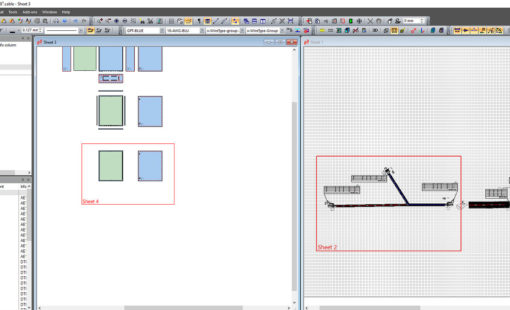
- Blog
E3.series with the shared sheet option for panels and formboard/nailboard makes it easy to design a large system and we will be looking at the quick steps needed to get started.

- Blog
E3.series 2017 brings improved automatic routing for making connections by adding automatic connections between selected items. The most common controls are based on the following scenarios ...

- Blog
Because I’ve been in the electrical/electronics (E/E) engineering industry for such a long time, I can still remember drawing PCB layouts manually. We would then work out the connection lengths of wire harnesses by laying out waxed cord lacing on a physical prototype.
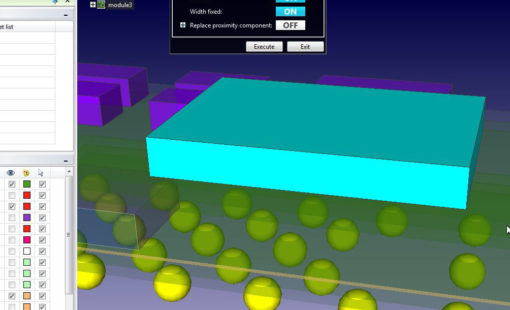
- Blog
Toshiba faced a difficult design problem: their TransferJet™ technology was embedded in a customer cell phone, and when the next rev of the phone came around, they learned that they needed to shrink the board from 8mm x 8mm to 4.5mm x 6mm, and they had to shrink the module thickness from 1.7mm to 1.0mm...
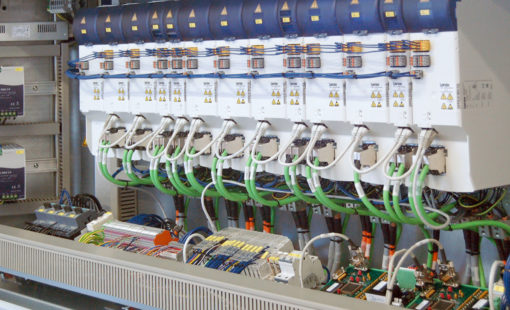
- Blog
The only thing I like more than a good win-win situation is when there’s a win-win-win. That was the conclusion I drew when I discovered how Pantec Automation, which designs and manufactures control systems for machines, used E3.series to almost halve its manufacturing times.

- Blog
Each new generation of automobiles has an increasing number of electronic systems that require communications with other vehicle systems at ever higher speeds. The proliferation of advanced driver assistance systems (ADAS) with fully autonomous vehicles on the horizon has greatly increased the amount of bandwidth that must be transferred between the many processors, cameras, radar units, display head units, etc. on current and next-generation vehicles...

- Blog
Many of the major players in the automotive industry are going full throttle towards autonomous vehicles. But when are we likely to see these vehicles upscale and become a mass consumer item? It’s a hotly debated question.
